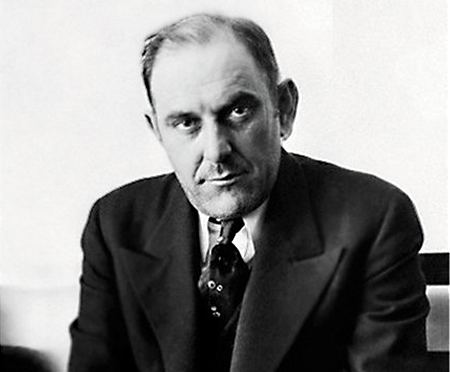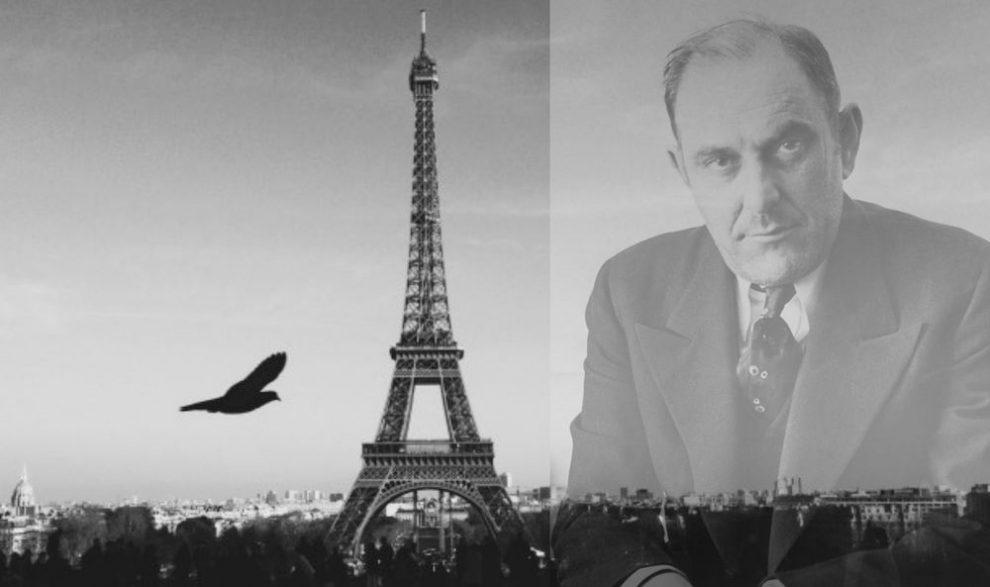His name probably doesn’t speak to you, and yet Victor Lustig was one of the greatest crooks of his time. His biggest scam? Having successfully sold the Eiffel Tower to a scrap dealer. At what price ? We’ll never know… Look back at one of the biggest scams of the 20th century.
Born in 1890 in a wealthy family from the Bohemian region (former Austria-Hungary), Victor Lustig studied rather brilliantly. But work do not interest him, and the young man prefers to use his intelligence for a much more lucrative activity: swindling.
Victor left Bohemia in 1909 and settled in Paris. He started out as a pimp, then embarked on Atlantic cruises and rip off wealthy old ladies. He settled for a few years in New York, gangland’s ElDorado, and returned to Paris in 1925. There came up the idea of a scam that was as crazy as brilliant.
The Eiffel Tower, built for the Universal Exhibition of 1889, is declining. The visitors are fewer, and the criticisms still strong. To counterbalance its lack of tourists, Gustave Eiffel is trying to make it essential by carrying out scientific experiments. But in 1925, Eiffel died, and the City of Paris, owner of the monument since 1910, does not know what to do with it…

It is by reading an article in the press, which traces the financial difficulties to maintain the structure and submits the hypothesis of a sale of the monument, that Victor Lustig imagines his Machiavellian plan. With the help of an accomplice, he obtains false letterhead from the City of Paris and a false access card to the tower. After having listed the biggest scrap dealers in the region, he sent them an invitation for a meeting at the Crillon hotel. An interview which must, of course, remain secret.
The fake sale of the Eiffel Tower
In April 1925, five businessmen answered the call. In the salons of the Crillon hotel, Victor Lustig, appointed (supposedly) by the City of Paris, presents the project: the monument is too expensive to maintain, and the State has decided to get rid of. The highest bidder will be entrusted with his butchering, and will become the proud owner of the 15,000 beams and 2.5 million rivets that compose it. A transaction which must remain confidential to avoid any public opposition.
To make his scam credible, Victor Lustig invite the five men to visit the tower after the meeting. Thanks to a false access card, he bypasses the queue and goes straight to the 3rd floor, from where the scrap dealers gaze at Paris. Among them, a man named André Poisson is the chosen target. Young provincial entrepreneur, he seems to have an inferiority complex to the Parisian business world. .
A few days later, the two men meet again at Crillon, but face to face, to finalize the contract. To embody his character, Victor Lustig asks in addition to the check a bribe. Deal. When André Poisson realizes the scam, it is too late. Victor Lustig and his partner had left for Austria.
At what price did he sell the Eiffel Tower? We don’t know. Poisson, ashamed and humiliated, will never make the matter public…


